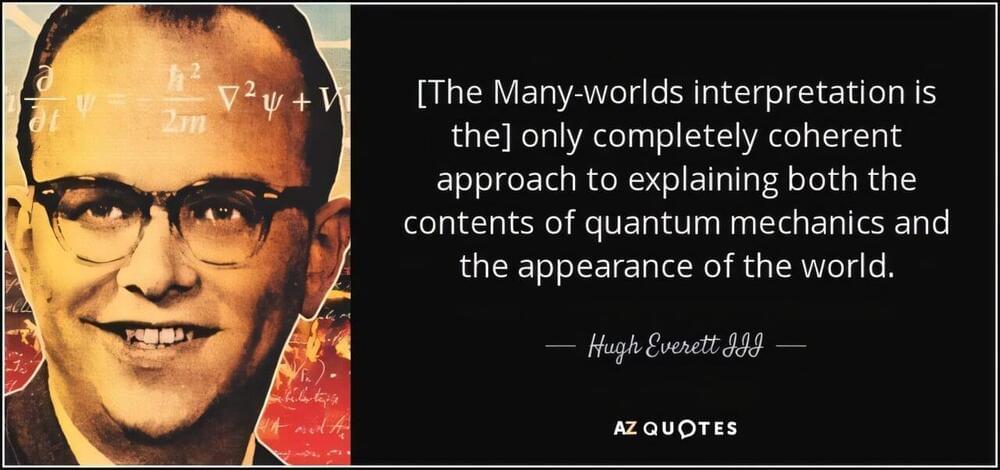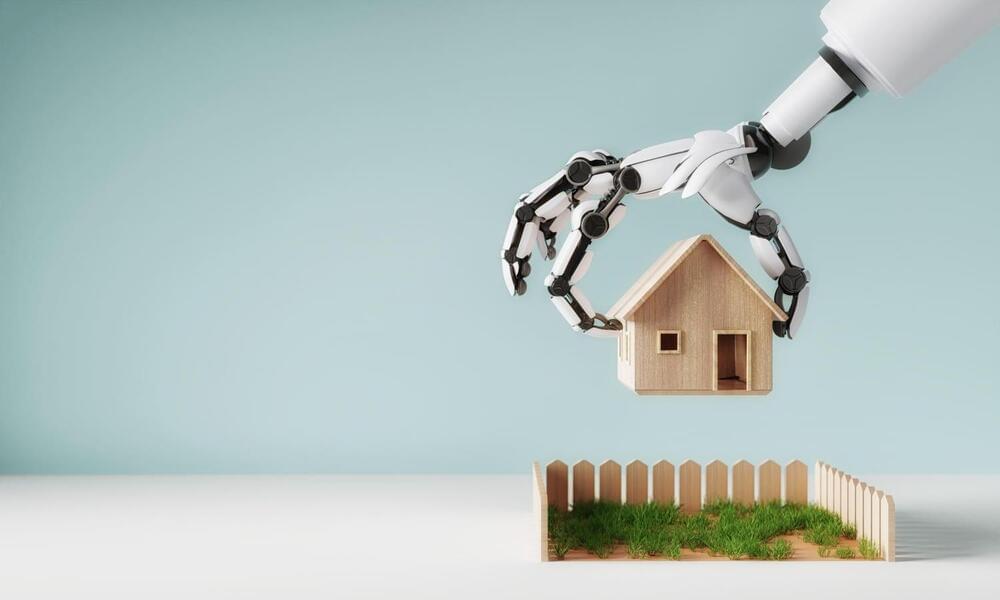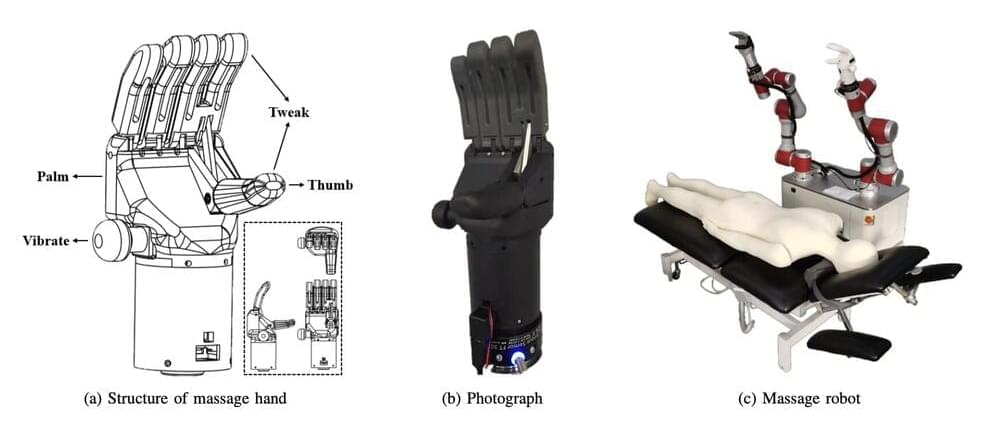Users of Google’s Chrome browser can rest easy knowing that their surfing is secure, thanks in part to cryptographer Joppe Bos. He’s coauthor of a quantum-secure encryption algorithm that was adopted as a standard by the U.S. National Institute of Standards and Technology (NIST) in August and is already being implemented in a wide range of technology products, including Chrome.
Rapid advances in quantum computing have stoked fears that future devices may be able to break the encryption used by most modern technology. These approaches to encryption typically rely on mathematical puzzles that are too complex for classical computers to crack. But quantum computers can exploit quantum phenomena like superposition and entanglement to compute these problems much faster, and a powerful enough machine should be able to break current encryption.







